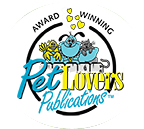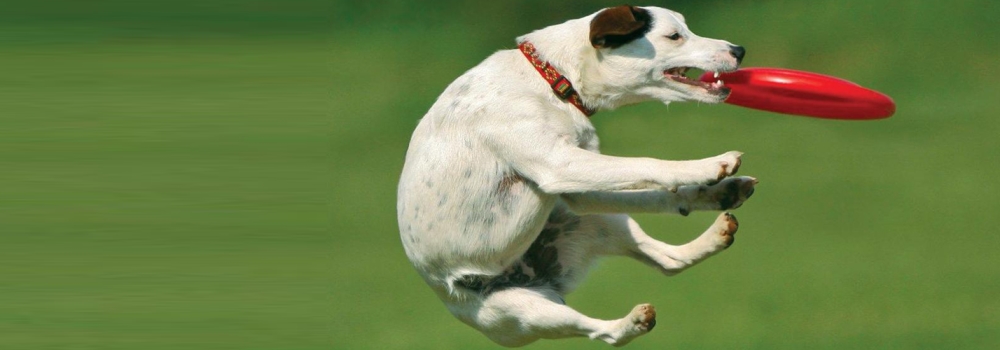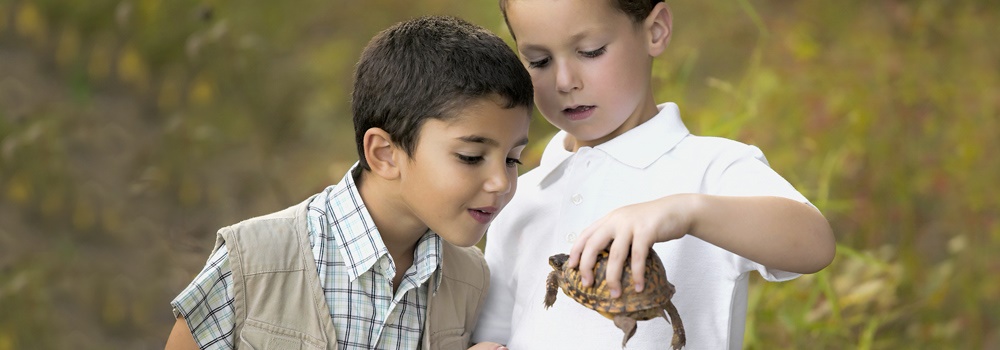Keeping our Dogs Safe at Off Leash Parks
There aren’t too many things more enjoyable than watching our dogs play together … but it can be scary if it goes bad. Sometimes it can escalate into tragedy. Unfortunately, dogs are injured or even killed at what started out to be a fun day at the park.
The way to keep things safe is to know what to watch for, and intervene early if the play gets too carried away. To do this, we need to be able to recognize “healthy play” and “problem play”. Here’s a closer look at play.
For good “Healthy Play” you want to see:
· Open relaxed mouths, even a goofy “play face”
· Loose curvy bodies and soft relaxed tails
· Little or no direct eye contact.
· Lateral moves; play that doesn’t leave the ground.
· Pausing, (very important, this is their way of keeping arousal levels down)
· Self-handicapping; one dog lowering the intensity to match the other dog’s ability. You’ll see big dogs laying down for puppies and small dogs, even gentle tugging for pups and seniors.
• Bite inhibition; no hard bites, just mouthing.
· Role reversal; taking turns chasing and being chased.
Signs of “Problem Play”
· Tense stiff bodies, with tails high and over the back.
· Direct stares without any “look aways”.
· Vertical play; they take it off the ground.
· Retracted commissars or tight closed mouths.
· Weak or no bite inhibition.
· Does one dog try to terminate play?
· Does the other dog stop when asked?
· One dog controlling all the behavior of the other.(to know if it’s a problem ask, “does it bother the other dog?”)
· Change in vocalization; growls and barking are normal
Watch for a change, does it get higher, lower, or louder _ than normal? (a low growl means, “now I’m serious”.) The big one to watch out for is increasing arousal.
Watch for escalating levels of excitement. Arousal is measured on a scale and at a certain point it can escalate into aggression. It’s “innate behavior” that follow rules, and out of your dog’s control. So it’s easy to see how good healthy play can go bad, and be such a surprise for all the humans watching!
The signs of arousal are the same as those listed for “problem play”. It’s believed that dogs use short pauses in their play to keep arousal in check, a kind of braking system.
If they get too carried away, you can help them calm down by quietly and cheerfully giving thent a little time out. Then send them back out to play. Like children, they need our supervision.
It’s also better for dogs to play with other dogs about their own size. If you have a small dog, it’s good to use the small dog section of the park.
With knowledge comes confidence and the ability to recognize potential problems. It will allow you to relax and enjoy our dogs at play. Many times, well-intentioned owners
unknowingly create a tense situation by our own behavior. We tend to gather around and stand over our dogs when we are assessing them.
We tense up, stiffen our bodies, and hold our breath. And the big one, we stare. These are all signals dogs use to communicate intentions of an attack. They might misunderstand and take our lead. So if you’re uncomfortable or unsure about a situation, calmly take a walk with your dogs. This reduces the pressure and gets you out of it. Also, every dog that is going to be off leash at anytime needs to know a “call out signal”.
Remember, our dogs look to us for guidance. Keep cheerful, calm, informed and have a good time.




